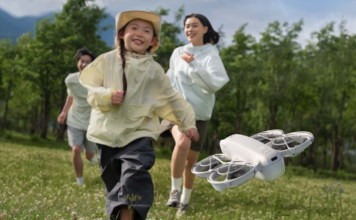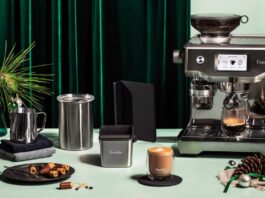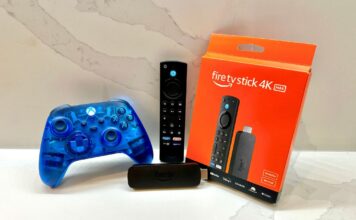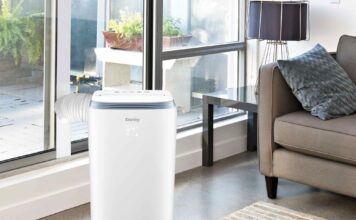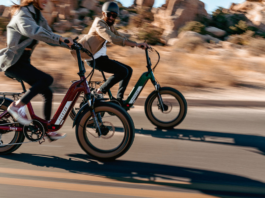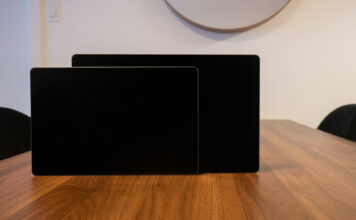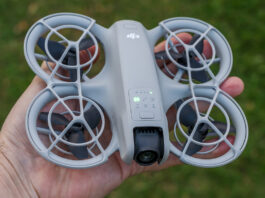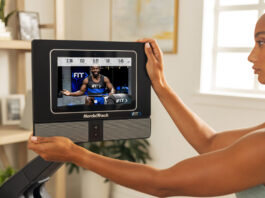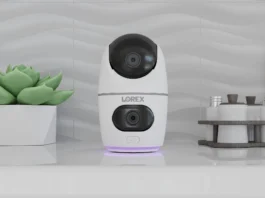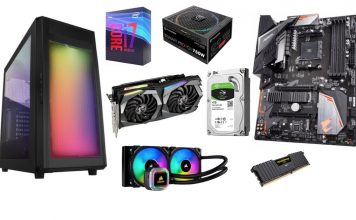![]()
| Google Pixel
Display: 5-inch 1080p AMOLED display with 441 pixels per inch OS: Android 7.1 Nougat Processor: 2.15GHz Snapdragon 821 64-bit quad-core processor Memory: 4GB RAM, 32GB or 128GB (no microSD card slot) Camera: 12.3-megapixel standard rear camera with optical image stabilization, 8-megapixel front-facing Video: Up to 4K Ultra HD video recording Battery: 2770mAh (non-removable) Connections: LTE, Wi-Fi, Bluetooth 4.2, A-GPS, NFC, Fast Charging, USB-C, Fingerprint sensor Dimensions: 5.66 x 2.74 x 0.34 inches Weight: 143 grams Comes in black and silver |
Google unveiled its highly-anticipated Pixel smartphones, officially retiring the Nexus name, and claiming to have produced “the best smartphone camera anyone has ever made.” While it’s too soon to confirm that, the devices are the most luxurious designs under Google’s branding, and are firmly in the premium category.
As Google has explained it, the Nexus moniker is gone because it always partnered with another manufacturer to make the phones (or tablets). The Pixel branding was first used for the Pixel-C tablet, but this is the first time smartphones fall under it, which means that these devices were built in-house. Truthfully, though, HTC was the manufacturer who built it based on Google’s design.
There are two phones. The Pixel has a 5-inch AMOLED display, while the Pixel XL has a 5.5-inch display. The size difference does also come with a resolution bump for the larger display. The Pixel XL also has a larger battery, but outside of those things, the two phones are virtually identical.
Glass and metal dominate the overall design, with a fingerprint sensor in the back and USB-C port at the bottom. There is no water resistance or wireless charging in either device, and while I haven’t had the chance to touch either one yet, I imagine they are both fairly delicate, despite Gorilla Glass 4 on both sides.
The two big features highlighted were the effectiveness of the camera and the evolution of Google Assistant, the company’s artificial intelligence platform. Of the camera, Google claims it is the best ever produced in a smartphone, citing a rating from DxOMark, a site that tests overall performance.
Why such high praise? The 12.3-megapixel sensor in the rear has an f/2.0 aperture with large 1.55 micron pixels to allow more light to enter through the lens. It should be noted, however, that the aperture is not as wide as other current handsets, like the iPhone 7, 7 Plus, Samsung Galaxy S7, S7 Edge, Note 7, and LG G5.
It’s not the aperture that Google is touting here, but rather some of the software abilities the phones are capable of. Difficult exposures can reportedly be fixed by shooting with HDR+, a mode that will shoot multiple exposures and then match the best pixels for the best image. Smartburst captures a moving subject and automatically selects which of the bunch is the sharpest. Though not explicitly mentioned, there is likely a manual mode to add some DSLR-type controls, which may also help produce great images. It’s not clear if it captures photos in RAW or not.
Until we’re able to test out the camera’s performance, it’s hard to qualify Google’s bold statement about being the best.
Google Assistant is different from Google Now or the voice search you’ve used in previous Android phones. The Pixel and Pixel XL are the first devices to have it built-in, and triggering it is the same as Google Now. Either say, “OK, Google” or holding the home button will bring up the platform. Asking it to sum the day’s weather or a certain playlist from a compatible music streaming service are just two examples. The idea is to have the platform respond accordingly, and do so in a conversational way.
Reviews for both phones will be coming up soon on the blog, so check back to get the lowdown on how good these two handsets turn out.
The Pixel phones will be available soon, and you can pre-order yours now.



